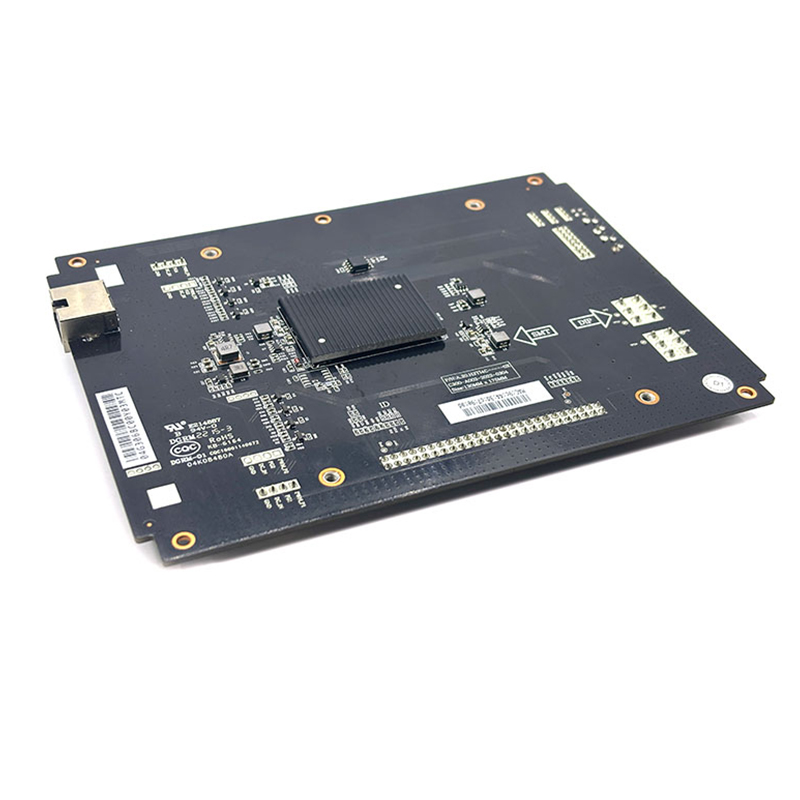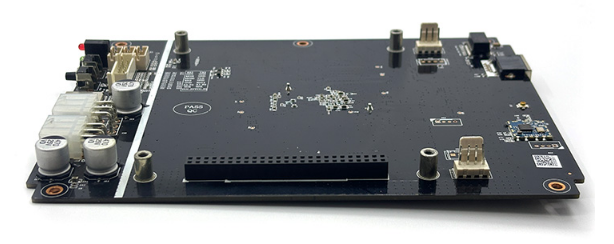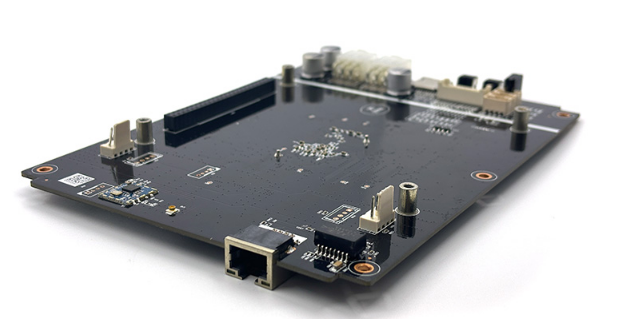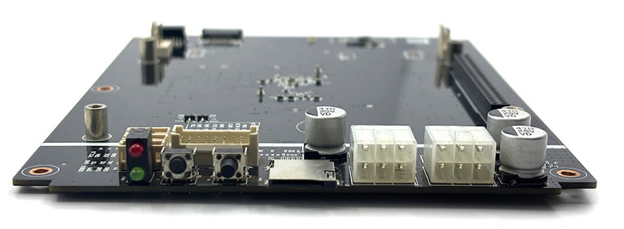How to check the health of iPollo V1 mini control board during mining operations?-iPollo V1 mini control board
January 1, 2025
Title: How to Check the Health of iPollo V1 Mini Control Board During Mining Operations
In the dynamic world of cryptocurrency mining, maintaining the optimal performance of your mining infrastructure is crucial for maximizing returns and ensuring long-term profitability. The iPollo V1 mini control board stands at the forefront of mining technology, serving as a critical component that demands careful monitoring and maintenance. This comprehensive guide will walk you through the essential steps and techniques for assessing the health of your iPollo V1 mini control board, ensuring peak performance and preventing potential operational disruptions.
Understanding the Control Board’s Vital Signs
Before diving into the diagnostic process, it’s essential to recognize the key indicators of a healthy control board. The iPollo V1 mini control board is engineered to deliver exceptional performance, with capabilities including:
1. Hashrate Performance Monitoring
The primary indicator of control board health is consistent hashrate performance. With a designed capacity of 280MH/s (±10%), any significant deviation from this baseline requires immediate investigation. I recommend establishing a baseline performance metric and tracking daily variations meticulously.
Key Performance Tracking Methods:
– Utilize mining management software
– Implement real-time monitoring tools
– Conduct regular performance benchmarking
2. Temperature and Thermal Management
Thermal stability is critical for the control board’s longevity and performance. The board’s optimal operating parameters include:
– Recommended temperature range: 35-65°C
– Power consumption: 220W (±10%)
– Monitoring thermal variations across different operating conditions
Diagnostic Techniques for Control Board Health
1. WiFi Connectivity Assessment
The iPollo V1 mini’s advanced WiFi connectivity provides multiple diagnostic opportunities:
Connection Stability Checklist:
– Consistent network communication
– Minimal latency in data transmission
– No unexpected disconnections
– Signal strength and quality metrics
2. Memory Architecture Diagnostic
With a 6.0GB memory configuration supporting a 5.8GB DAG size, memory health is paramount:
Memory Health Evaluation:
– Check for consistent DAG file loading
– Verify memory allocation efficiency
– Monitor potential memory-related performance degradation
3. Comprehensive System Diagnostic Approach
Step-by-Step Health Check Protocol:
a) Initial System Scan
– Conduct a full system diagnostic using specialized mining management software
– Check for firmware version compatibility
– Verify all system components’ integration
b) Performance Baseline Establishment
– Record baseline performance metrics
– Create comparative performance logs
– Identify potential performance anomalies
c) Thermal Management Verification
– Use integrated temperature monitoring tools
– Check cooling system effectiveness
– Assess thermal distribution across hash boards
4. Advanced Diagnostic Techniques
Professional-Grade Monitoring Strategies:
– Implement continuous monitoring solutions
– Use multi-point diagnostic tools
– Develop predictive maintenance algorithms
Critical Health Indicators to Watch:
1. Hashrate Consistency
– Sudden performance drops
– Inconsistent computational output
– Unexplained efficiency variations
2. Power Consumption Patterns
– Irregular power draw
– Unexpected energy consumption spikes
– Deviation from standard 220W operational range
3. Data Transmission Integrity
– Communication delays
– Packet loss detection
– Synchronization issues between hash boards
Preventative Maintenance Best Practices
1. Regular Firmware Updates
– Stay current with manufacturer releases
– Implement controlled update procedures
– Backup configuration before updates
2. Environmental Optimization
– Maintain stable operating temperatures
– Ensure proper ventilation
– Protect against dust and moisture
3. Periodic Professional Inspection
– Conduct quarterly comprehensive evaluations
– Use specialized diagnostic equipment
– Consider professional maintenance services
Troubleshooting Common Issues
Potential Problem Scenarios:
– Intermittent connectivity issues
– Performance degradation
– Unexpected system shutdowns
Recommended Troubleshooting Steps:
– Isolate potential failure points
– Conduct systematic component testing
– Replace or repair specific modules as needed
Advanced Diagnostic Tools and Software
Recommended Monitoring Solutions:
– Mining OS platforms
– Specialized blockchain mining management software
– Custom monitoring dashboards
Conclusion: Proactive Management for Optimal Performance
The iPollo V1 mini control board represents a pinnacle of mining technology, designed for reliability and performance. By implementing a rigorous, systematic approach to health monitoring and maintenance, miners can ensure:
– Maximized operational efficiency
– Minimized downtime
– Consistent mining returns
– Long-term hardware sustainability
The future of cryptocurrency mining demands a proactive, data-driven approach to hardware management. The iPollo V1 mini control board, when properly maintained, offers an exceptional foundation for successful mining operations.
Final Recommendations:
– Develop a comprehensive monitoring strategy
– Invest in advanced diagnostic tools
– Prioritize systematic maintenance
– Stay informed about technological advancements
By following these guidelines, miners can transform their approach from reactive maintenance to predictive, performance-optimized management.
|
Please feel free to contact me to assist you in resolving your issues: E-mail: Minerfixessales@gmail.com WhatsApp/WeChat:+86 15928044684
The services we offer include:
a.New and Used Miners b.Miner Accessories c.Miner Repair Courses d.Global Repair Stations e.Overclocking and Underclocking Services |

|